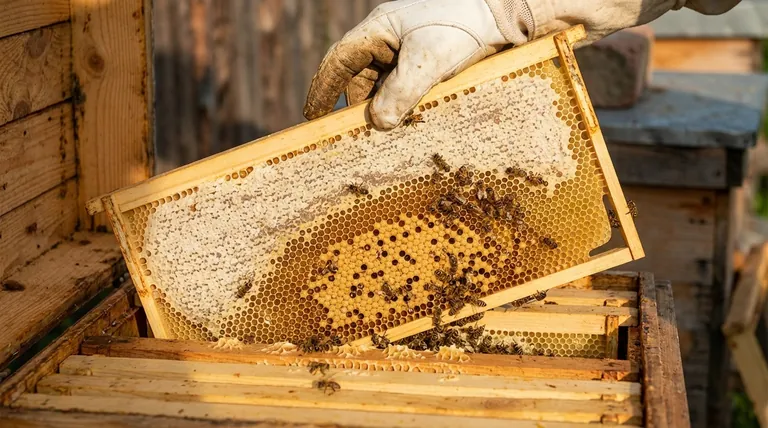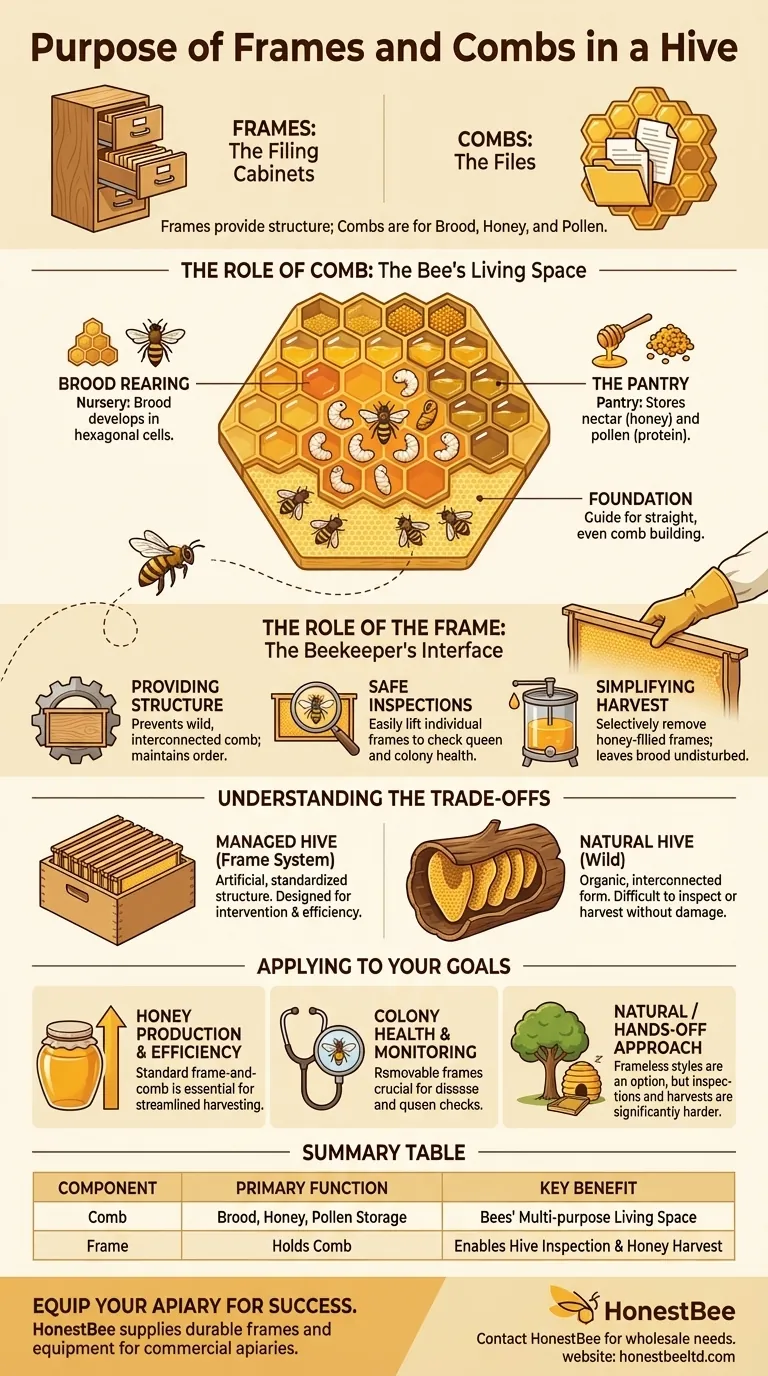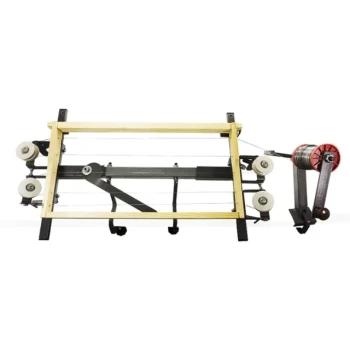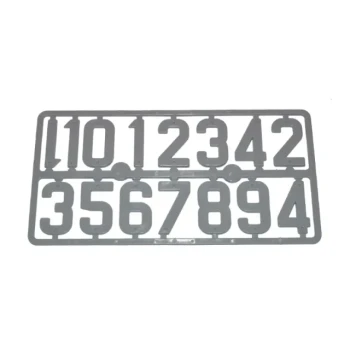In essence, frames are the filing cabinets and combs are the files within a beehive. Frames provide a removable structure that holds the comb, and the comb itself is the beeswax structure bees build for their three core functions: raising young (brood), storing honey, and storing pollen.
This system of frames and combs is the critical innovation that makes modern beekeeping possible. It transforms the bees' natural, fixed architecture into an organized, modular structure that allows beekeepers to manage the colony's health and harvest honey without destroying the hive.

The Role of Comb: The Bee's Living Space
The beeswax comb is the heart of the colony's internal operations. It's a multi-purpose structure meticulously built by worker bees upon a sheet of foundation.
A Multi-Purpose Nursery
The primary purpose of the central combs is for brood rearing. The queen bee lays a single egg in each hexagonal cell, which then houses the larva as it develops into an adult bee.
The Colony's Pantry
Surrounding the brood area, bees use other comb cells as their pantry. They store nectar, which they convert into honey, and pack pollen into cells as a protein source for feeding the young.
Built from a Foundation
Beekeepers typically provide a foundation sheet inside the frame, often made of beeswax or plastic with a hexagonal pattern. This encourages the bees to build straight, even comb that fits neatly within the removable frame.
The Role of the Frame: The Beekeeper's Interface
While the comb serves the bees, the frame primarily serves the beekeeper. It provides the structure that makes the hive manageable.
Providing Structure and Order
Frames guide the bees on exactly where to build. This prevents them from creating a wild, interconnected mass of comb that would make the hive impossible to inspect without destroying it.
Enabling Safe Inspections
The ability to easily lift out individual frames is the key to modern hive management. It allows beekeepers to check on the queen, look for signs of disease or pests, and assess the colony's food stores with minimal disruption.
Simplifying Honey Harvest
Frames allow a beekeeper to selectively remove only the combs that are filled with honey. This leaves the crucial brood and pollen combs undisturbed, ensuring the colony's stability and survival.
Understanding the Trade-offs
The frame system is incredibly efficient, but it's important to recognize it is an artificial construct that differs from a bee's natural inclination.
Loss of Natural Form
In the wild, bees don't build in straight lines. A managed hive with frames imposes a rigid, rectangular structure on a colony that would otherwise build in beautiful, natural curves.
A Departure from Natural Building
This system standardizes the hive's interior. It moves away from the more organic and interconnected structure that bees would create if left entirely to their own devices in a hollow tree.
The Management Imperative
While frames make management possible, they also create the expectation of it. The system is designed for intervention, whether for health checks, honey harvesting, or space management.
How This Applies to Your Beekeeping Goal
Understanding the purpose of frames and combs helps you align your equipment with your philosophy and goals.
- If your primary focus is honey production and efficiency: The standard frame-and-comb system is non-negotiable for its ease of inspection and streamlined harvesting.
- If your primary focus is colony health and regular monitoring: Removable frames are the only practical way to conduct thorough inspections for disease, pests, and the queen's productivity.
- If your primary focus is a more "natural" or hands-off approach: You might explore frameless hive styles, but you must accept that inspections and harvests will become significantly more difficult and disruptive.
Ultimately, the frame and comb system is the fundamental innovation that enables a sustainable partnership between bees and beekeepers.
Summary Table:
| Component | Primary Function | Key Benefit |
|---|---|---|
| Comb | Brood rearing, honey & pollen storage | The bees' multi-purpose living space |
| Frame | Holds comb for easy removal | Enables hive inspection & honey harvest |
Ready to equip your apiary with the foundation for success?
At HONESTBEE, we supply the durable, high-quality frames, foundations, and beekeeping equipment that commercial apiaries and distributors rely on. Our wholesale-focused operations ensure you get the robust supplies needed for efficient hive management and maximum honey production.
Contact HONESTBEE today to discuss your wholesale needs and build a stronger, more productive partnership with your bees.
Visual Guide

Related Products
- 7 x Auto Bee Flow Hive Frames Plastic Beekeeping Hive Box Supplies
- Professional Frame Comb Fork and Lifter for Efficient Handling
- HONESTBEE Professional Long Handled Hive Tool with Precision Cutting Blade
- HONESTBEE Advanced Ergonomic Stainless Steel Hive Tool for Beekeeping
- Wholesales Dadant Size Wooden Bee Hives for Beekeeping
People Also Ask
- What is the selling point of the Flow Hive? A Revolutionary, Stress-Free Honey Harvest
- What do bees do after the comb is reset in Flow Frames? Maximize Your Hive's Honey Production Efficiency
- How do you clean plastic frames? A Gentle Guide to Preserving Your Frames
- What is the role of oxalic acid in plants? A Key to Plant Defense and Internal Regulation
- What are the main parts of a hive frame? A Guide to Modern Hive Anatomy



















